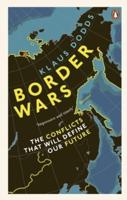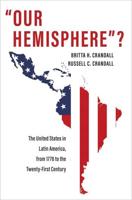Publisher's Synopsis
In response to the terrorist attacks on the United States on 11 September 2001, the President --as both Commander-in-Chief and as authorized by Congress in Joint Resolution 23 -- ordered our armed forces into combat in order to disrupt and defeat the global terror network. The President concomitantly signed a Presidential Finding directing the Central Intelligence Agency (CIA) to use all necessary means to destroy Osama bin Laden and Al Qaeda. As a consequence of these orders, CIA paramilitary operatives have been performing a warfighting role alongside Special Operations Forces (SOF) in the war against terrorism. This strategy research paper explores the respective roles and missions of the CIA and SOF, their legal authority to execute their assigned missions, the policy advantages and disadvantages of integrating their warfighting operations in combat, and the legal and operational ramifications of such integrated combat operations. The paper concludes that integrated combat operations between the CIA and SOF are an appropriate template for warfare in certain situations, provided we develop and adhere to clear, well-understood criteria to manage this CIA-SOF warfighting relationship. The war against terrorism is a fight for the preservation of our national interests and values, our way of life, and the very future of our country. We must employ every element of national power -- all necessary means -- in its prosecution. While managing the CIA-SOF warfighting relationship will present significant challenges, those challenges can be minimized in a manner that both preserves the combatant commander's flexibility and capitalizes on each agency's strengths and capabilities.










